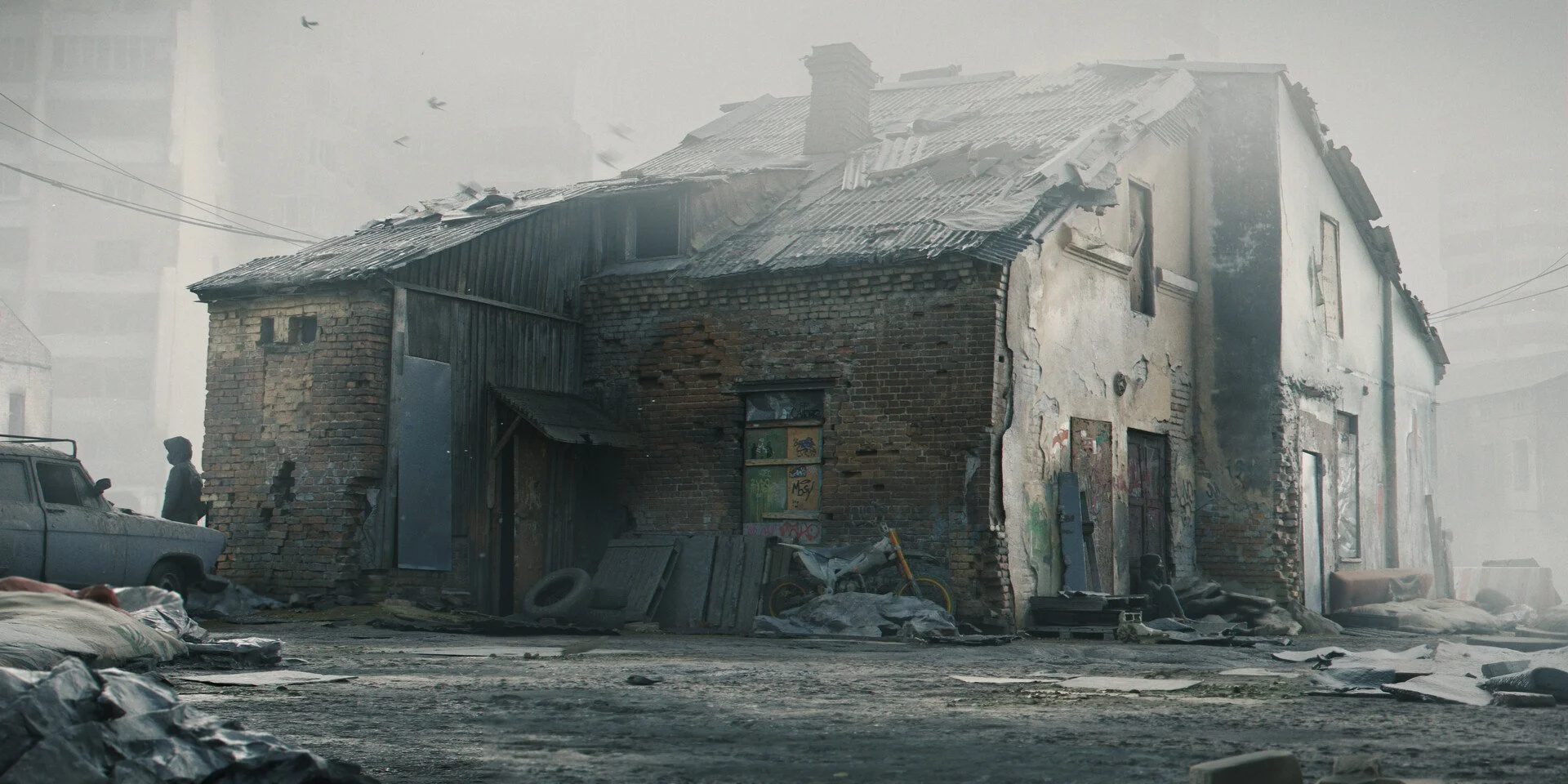Photogrammetry for Scientific Illustration
Exploring the 3D modelling technique of photogrammetry and applying it to scientific illustration.
3D rendering, modelling and animation techniques are always evolving; many of these new developments offer exciting prospects for scientific illustration.
A few months ago I embarked on learning from Gleb Alexandrov’s fantastic photogrammetry course, in which he details how to create extremely life-like, photorealistic 3D details through photoscanning.
Photoscanning utilises dozens, hundreds or even thousands of photographs taken of a real world object in order to create textured (and often high polygon) 3D models of these objects. These photographs are then packed into a program like Meshroom or Reality Capture and the software is able to build a 3D model by making reference to consistent points common between the different photographs.
The scope can be breathtaking; with enough work it is possible to replicate objects as simple as the sandwich you bought for lunch or as complicated as an entire building. The real-world 3D and texture detail is baked in, saving hours of manual texturing while attaining an incredibly realistic visual effect. For certain items that possess very complex textures, like food, the technique works especially well.
There are limitations. You must carefully capture the photographs of a real object on a real world site, in bland lighting conditions that do not cast too many shadows on the object in question. Shiny and reflective objects are presently impossible to scan accurately, as these surfaces confuse the software. Extensive post-processing and clean-up work is required to produce lower polygon assets for efficient use. The software can often take significant time to build the model, too.
The sheer level of detail created is more than enough to offset these snags, however.
Image credit: Ousa Chea, Unsplash
How does this apply to scientific illustration? I believe it can be used to convey the authentic experience of scientists in the laboratory, the process of research itself, in a way that is very rarely seen outside of that professional, high-entry-barrier environment.
After decades of Hollywood portrayals of mad scientists presiding over flasks of bright green acid, the public often has a distorted or entirely lacking view of real research.
Using photogrammetry and other 3D techniques, we can replicate the reality of science and produce stunning journal covers, artworks and VR experiences that will delight, intrigue and immerse people in research, whether they are professional scientists or not.
—
If you would like to view Gleb Alexandrov’s photogrammetry course, click this link.
His Artstation account is also visible here.


